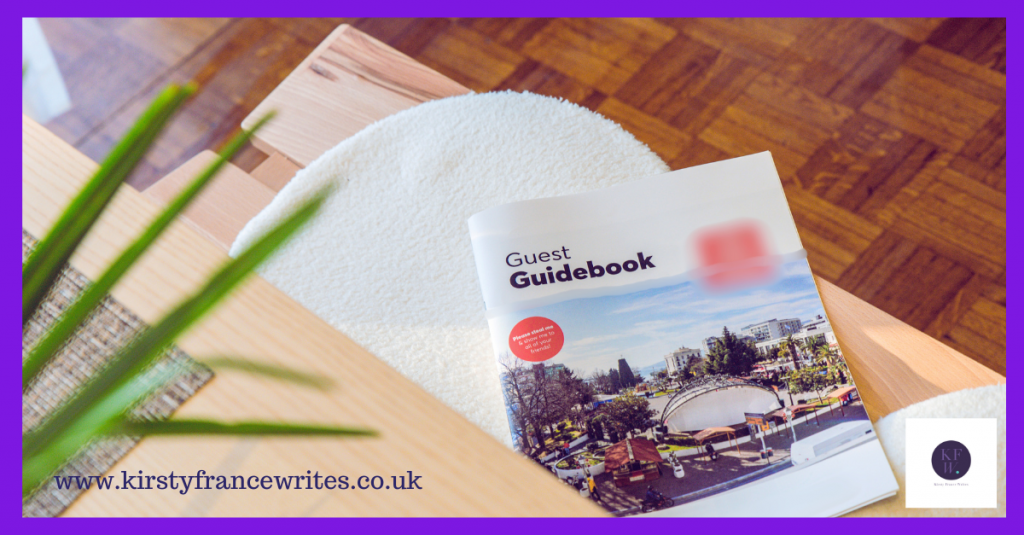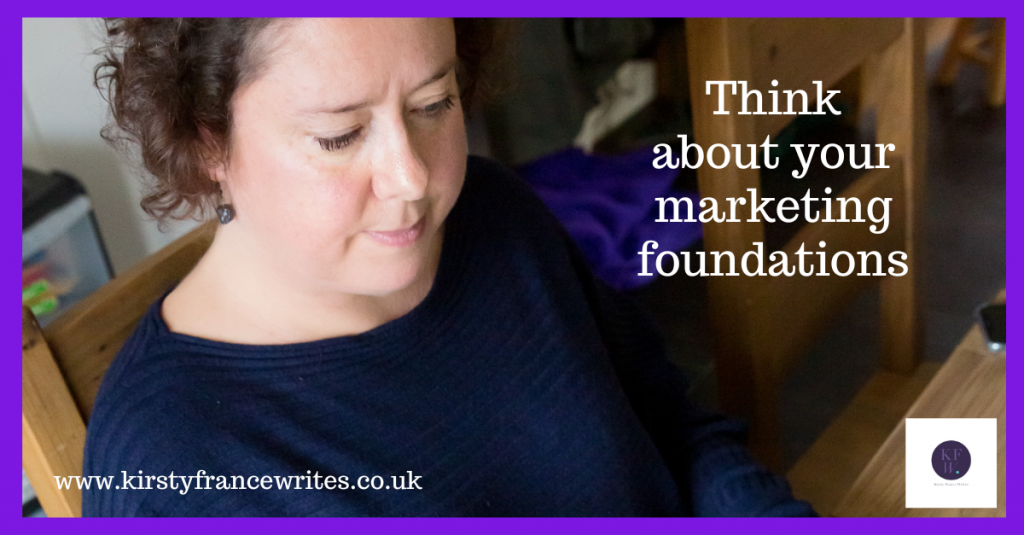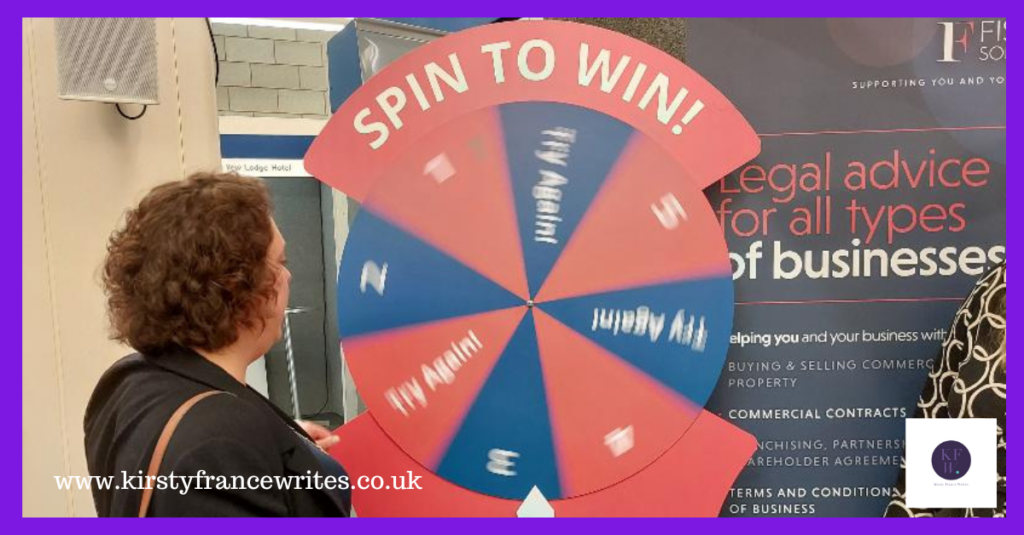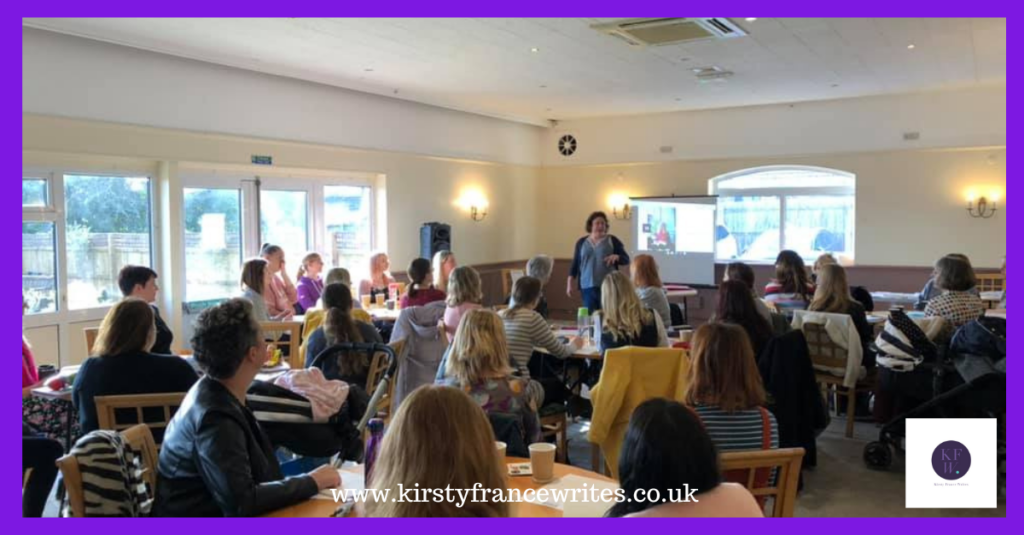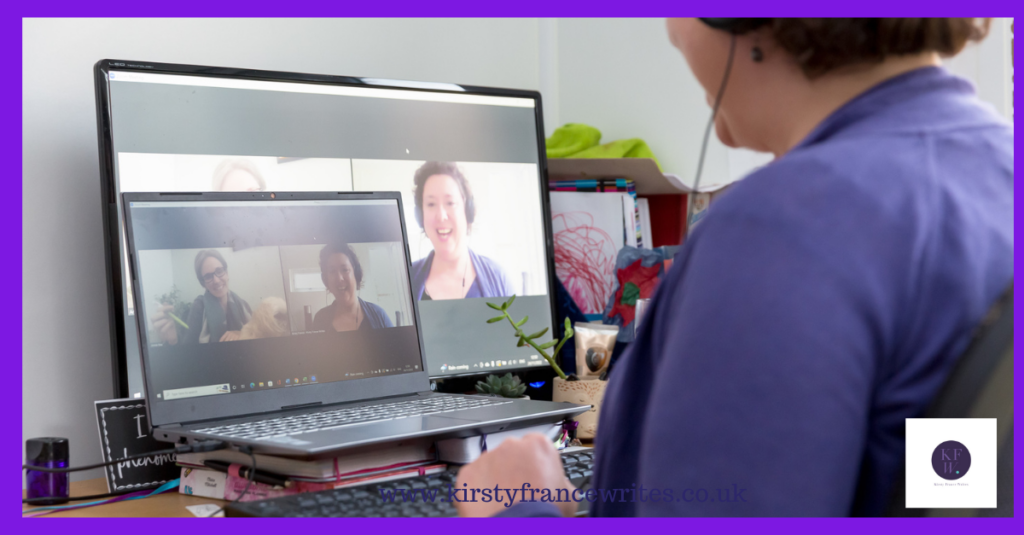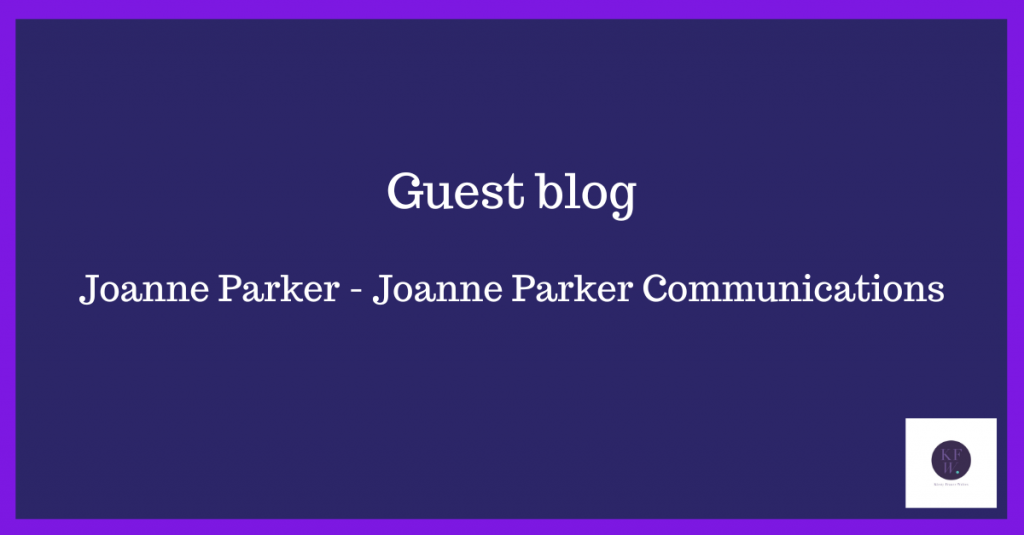
Hands up, who has created a content plan for 2025?
If you have, you may be feeling quietly smug, safe in the knowledge that you know exactly what content you will create every week for the next month, six months, or even year.
Having such a plan in place is undoubtedly a great achievement, but without a communications strategy, you will likely miss a trick.
A content plan is not the same as a communications strategy. Yes, they’re related, but one without the other is like baking a cake without a recipe—you might end up with a cake, but it won’t be as light, airy and tasty as it could be.
Starting at the end
I often find the best way to think about strategy is to consider how you will know if your content plan is successful.
What are you going to measure?
Often, clients will say things like ‘awareness.’
Awareness of what? By whom? Where? When? With what message?
If you don’t have the answers to those questions, you could well be generating content for the sake of it.
What is a communications strategy?
Think of it as the big-picture plan that defines why you’re communicating, who you’re talking to, what you want them to do, and how you’ll measure success. It’s your guide to every piece of content, every campaign, and every conversation.
Why Isn’t a Content Plan Enough?
Here’s a scenario I see all the time. A business has a fabulous content plan. Posts are going out daily. The captions are witty, the graphics are slick, and the engagement is… well, it’s fine. But when I ask, “What’s the goal of all this?” I’m often met with blank stares or vague responses like, “To build awareness” or “To sell more.”
That’s where the problem lies. Without a strategy, your content is likely disjointed, inconsistent, or aimed at the wrong audience. You’re busy posting but not necessarily moving closer to your business goals. A strategy ensures every piece of content has a purpose, fits into the bigger picture, and helps you achieve measurable results.
Strategy First, Tactics Second
Imagine you’re planning a road trip. The content plan is your playlist, snacks, and stops along the way. But the communications strategy is the route you’re taking, the destination you’re heading to, and the map you’ll use to get there. Without it, you’re just driving in circles, hoping to stumble upon something interesting.
A good communications strategy answers these key questions:
- Who are you talking to? Your audience isn’t “everyone.” Narrow it down. Are you speaking to busy parents, eco-conscious millennials, or CEOs juggling a million priorities?
- What do you want them to do? Maybe it’s subscribing to your newsletter, booking a consultation, or changing their behaviour. Be specific.
- Why should they care? This is where your messaging comes in. What problem are you solving, and why are you the best person to solve it?
- How will you reach them? This is where the content plan comes in. Social media, email, blogs, videos—these are your tools, not your strategy.
- How will you measure success? Metrics matter. Are you tracking clicks, sign-ups, sales, or something else? Without data, you’re flying blind.
Real-Life Example
Let’s say you run a boutique fitness studio. You might have a content plan that includes daily Instagram posts, weekly blog updates, and monthly email newsletters. Great! But without a strategy, your efforts might look like this:
- Posting motivational quotes that don’t resonate with your audience.
- Writing blogs about general fitness tips that don’t showcase what makes your studio unique.
- Sending emails that don’t align with your upcoming promotions.
With a strategy, however, everything changes. You decide your target audience is busy professionals who want quick, effective workouts. Your key message becomes, “Fitness that fits your schedule.” Now, your Instagram posts focus on time-saving exercise tips, your blogs highlight success stories from working professionals, and your emails promote lunchtime express classes. See the difference?
The Benefits of a Communications Strategy
Here’s what a solid strategy can do for your business:
- Clarity: You’ll know exactly what to say, to whom, and why.
- Consistency: Your messaging will be cohesive across all channels, building trust with your audience.
- Efficiency: No more wasting time on content that doesn’t serve your goals.
- Impact: Every piece of communication will move you closer to your business objectives.
Creating a communications strategy doesn’t have to be daunting. Start by revisiting your business goals. Then, think about your audience and what they need from you. Outline your key messages and choose the channels where your audience spends time. Finally, set measurable objectives so you can track your progress.
If you take the time to map out your strategy, your content will work harder and deliver results that meet your objectives, helping your business flourish and grow.

Joanne Parker
Joanne Parker Communications
Tel: 07596719763
Email: hello@joanneparkercommunications.com
Website: www.joanneparkercommunications.com
LinkedIn: https://www.linkedin.com/in/joanne-parker-writer/
Arrange a meeting: https://calendly.com/jpcomms/getting-to-know-you
